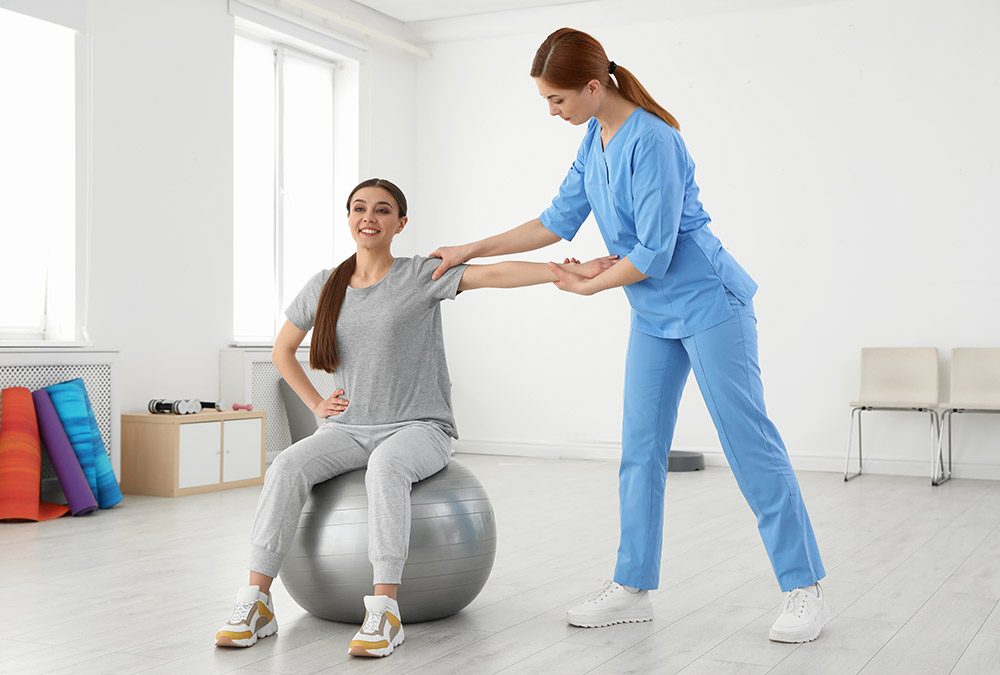To start, it is essential to choose the suitable foam roller. Foam rollers come in different densities and dimensions. A gentler foam roller is suitable for new users or those with sensitive muscles, while a high-density roller can provide greater pressure for more seasoned users. The size of the roller should also be evaluated; extended rollers can be beneficial for major muscle areas, while smaller ones are better for isolating specific areas. Once the best-fit roller is chosen, individuals can begin to integrate foam rolling into their regimen effectively.
When using a foam roller, it is essential to focus on slow movements. Rolling over restricted areas too rapidly can cause discomfort and may not provide the desired benefits. Instead, individuals should roll gradually over each muscle group for 30 seconds to two minutes. This allows the muscles to release tension and helps to alleviate knots and tight spots. Deep, steady breathing while rolling can also increase relaxation and effectiveness. look at this now Targeting key areas such as the calves, quadriceps, hamstrings, and spinal muscles can lead to significant improvements in flexibility.

In addition, combining foam rolling with flexibility exercises can enhance flexibility gains. After using the foam roller, it is advantageous to perform held stretches on the same muscle groups that have been rolled out. This approach helps in stimulating blood flow and increasing the range of motion in those muscles. For example, after rolling the hamstrings, stretching them by performing a forward bend can further enhance flexibility. Incorporating these techniques into a regimen ensures that muscles are both relaxed and stretched effectively.
Lastly, consistency is key when it comes to foam rolling and increasing flexibility. Adding foam rolling into a ongoing routine can provide lasting benefits. It is recommended to spend at least 10 minutes a few times a week targeting different muscle groups. By establishing foam rolling a regular habit, individuals will likely see positive changes in their flexibility over time. This technique not only primes the body for physical activity but also contributes to recovery and upkeep of recommended read overall muscle health, making it an invaluable addition to any fitness regimen.